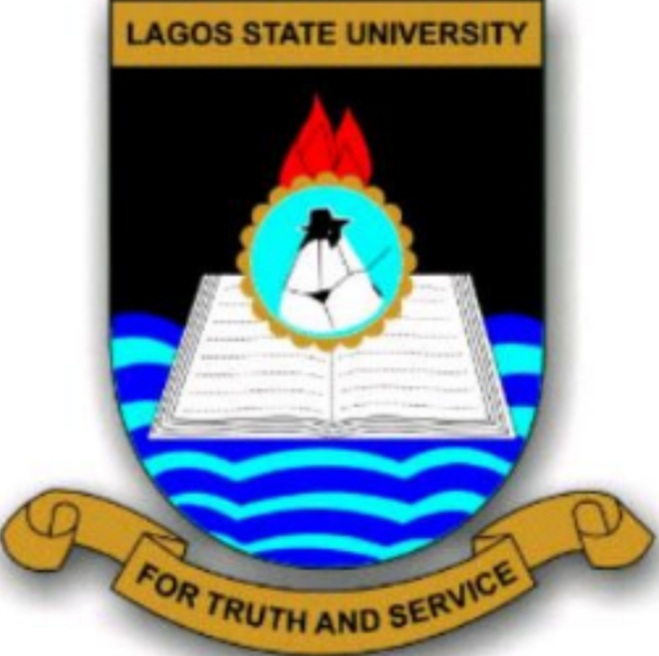JUPEB, JAMB, WAEC Economics questions
1. The group of people engaged in banking or insurance services by occupational distributions are classified as A. primary producers B. secondary producers C. tertiary producer D. technical producers
2. The law of comparative states that a country should specialize in the production of a commodity A. for which local demand is greatest B. in which it opportunity cost is lower than that of the trade partner C. for which foreign demand is greatest D. for which there is abundant supply of raw materials
3. International and inter – regional differ primarily because A. comparative advantage is relevant to the former but not to the latter B. products flow across national boundaries C. there are different resource supplies among countries of the world D. of regulation from GATT
4. The difference between gross national product and net national product is equal to A. gross investment B. net investment C. net foreign income D. Capital depreciation
5. Capital provided by individuals to the firm by purchasing stocks is called A. debt capital B. fixed capital C. circulating capital D. equity capital
6.
Stage of Product Value of input Sale of Value of Output
Maize farmer _____ #10.00
Flour Miller #10.00 #12.00
Baker #12.00 #15.00
Shop keeper #15.00
7. The value of output in the economy using the value added approach is A. #57.00 B. #37.00 C. #20.00 D. #15.00
8. If W stands for wages/salaries, P for profit, R for interest and Z for rent on land and real estate, then national income is A. W – P – R – Z B. W + P + Z + R C. P – R – Z + W D. W + P + R + Z
9. A major obstacle of economic development is A. a rise in industrial output B. low farm productivity C. free trade D. ineffective trade
10. In national income and product accounts, double counting is avoided if A. only final goods are counted B. only intermediate goods are counted C. only intermediate and final goods are counted D. the value of all goods and services are added together.
11. Which of the following does not form part of current account under balance of payments? A. Exports and imports of goods B. export and import of services C. income receipts and payment D. capital receipts and payments
12. A major obstacle to economic development in many African countries A. a rise in industrial output B. low farm productivity C. Free interactions D. controlled international relations
13. The neo classical economist who introduced mathematics to economics is A. Irvin Fisher B. Adam Smith C. Alfred Marshal D. David Ricardo
14. The total money value of goods and services produced in the country and the net factor income from abroad is ? A. NNP B. GNP C. GDP D. PCI
15. The capital that is consumed by an economy or a firm in the production process is known as A. Capital loss B. production cost C. Dead – weight loss D. depreciation
16. Who propounded the opportunity cost theory of international trade? A. David Ricardo B. Alfred Marshal C. Heckscher & Ohlin D. Haberler
17. If the demand for a good is inelastic, an increase in its price will cause the total expenditure of the consumers of the goods to A. increase B. Decrease C. remain the same D. becomes zero
18. The horizontal demand curve parallel to x-axis implies that the elasticity of demand is A. zero B. Infinite C. equals to 1 D. greater than zero but less than infinity
19. The economist’s objections to monopoly rest on which of the following grounds? A. There is a transfer of income from consumer to the monopolist B. There is welfare loss as resources tend to be misallocated under monopoly C. Both A and B are incorrect D. Both A and B are correct
20. In which of the following market structure is the degree of control over the price of its product by a firm very large? A. imperfect competition B. perfect competition C. Monopoly D. In A and B
21. The offer curves introduced by Alfred Marshall, helps us to understand how the ________ is established in international trade A. Terms of trade B. Equilibrium price ratio C. Exchange rate D. satisfaction level
22. The producer’s demand for factor of production is governed by the _______ of the factor. A. decrease in price B. Marginal productivity C. Availability D. profitability
23. Which statistical measure helps in measuring the purchasing power of money? A. Arithmetic average B. index numbers C. Harmonic mean D. Time series
24. The quantity theory of money is propounded by _________? A. Adam Smith B. Oliver Goldsmith C. Irvin Fisher D. Gresham
25. The number of times a unit of money changes hands in the course of a year is called. A. supply of money B. purchasing power of money C. velocity of money D. value of money
26. Normally a demand curve will have the shape of? A. Horizontal B. Vertical C. Downward sloping D. Upward sloping
27. Price of a product is determined in a free market by? A. demand for the product B. supply of the product C. Both demand and Supply D. The government
28. Which of the following is not an essential condition of pure competition? A. large numbers of buyers and sellers B. Homogeneous product C. Freedom of entry D. Absence of transport cost
29. Inflation as a result of increase in factors of production is a called a. Cost pull inflation b. Demand push inflation c. cost push inflation d. Demand pull inflation
30. Which approach do economists use to compute national output by adding up all the final goods and revenue produced in country during a year a. Value added approach b. Expenditure approach c. Product approach d. National savings approach
Check back for more



